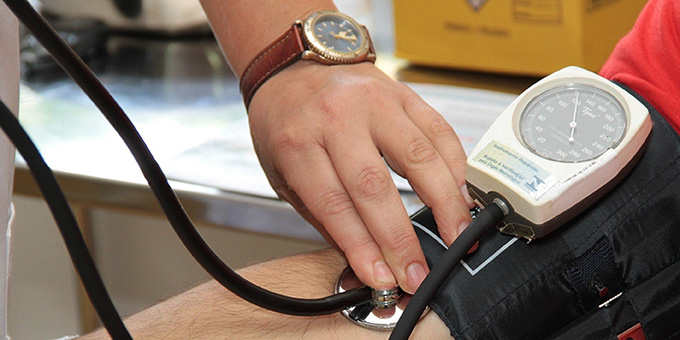
Lead in Water in Schools: Top 7 Most Frequently Asked Questions
5
March, 2019
Whether your a school administrator, teacher, or concerned parent, the topic of lead in drinking water can be very concerning, overwhelming, and complex. As a 501(c)(3) nonprofit, whose mission is to help communities improve access to clean drinking water, we have fielded many questions regarding this topic and for that reason have decided to provide answers for the most popular questions.
Did we miss any questions that are important to you? Leave a comment below and we’ll do our best to respond with an answer immediately.
Q: Are schools required to test for water in lead?
A: The majority of schools are not legally required to test their drinking water for lead. This, along with lack of funding and education for water infrastructure, is arguably the top reason why there is a lead crisis in US schools. If it weren’t for the media attention in Flint, MI, there could still be very little awareness about the issue.
Fortunately, there is progress on the horizon as states and municipalities are beginning to establish their own regulations for testing drinking water for lead. Illinois, New Jersey, and New York are some of the first states to implement new policies.
Q: How bad is the lead in water situation in schools.
A: Richard Maas, the former Co-director of the Environmental Quality Institute of the University of North Carolina-Asheville, estimates that if samples were taken at every school tap in the US, 10-20% would test positive for lead. Combing the probability of finding lead in school’s water with the fact that children are at the highest health risk, is cause for major concern. Although lead in water in schools may not yet be a mainstream media topic, it is an extremely pressing issue.
Fortunately, there is progress on the horizon as states and municipalities are beginning to establish their own regulations for testing drinking water for lead. Illinois, New Jersey, and New York are some of the first states to implement new policies.
Q: Is flushing a safe method to remediate lead in drinking water?
A: Although it is common to see schools use flushing as a way to address their lead problem, it is NOT a safe method. New research out of Polytechnique Montreal in Quebec, Canada shows that unsafe lead levels return as soon as 15-20 minutes after flushing.
Fortunately, there is progress on the horizon as states and municipalities are beginning to establish their own regulations for testing drinking water for lead. Illinois, New Jersey, and New York are some of the first states to implement new policies.
Q: What level of lead in water is considered safe?
A: There is conflicting messaging from some of the leading governing bodies about this question, but overall it is agreed that there is no safe level of lead in drinking water. Many are confused about this topic because the EPA sets the action level for lead in water at 15 ppb, but at the same time states that there is no safe level of lead in drinking water.
As the old adage in the medical world goes, “the poison is in the dose.” If lead levels above 1 ppb are exposed to young children or pregnant mothers, then there is cause for concern.
Q: What is the best way to solve the lead problem in schools?
A: There are two main methods that we would recommend schools to consider when it comes to lead remediation, although only one is likely feasible for most schools.
The first option to consider is remediation through removing the source of lead, which is either the service line, internal piping, or lead-bound fixture. While this solution is very effective, the problem is that it can be extremely expensive and take a year or so to complete.
The second option to consider is now the most popular, which is point-of-use (POU) filtration. Elkay, the leading manufacturer for drinking fountains and bottle fillers, uses point-of-use, filters that are effective and accommodate the drinking water setup of schools.
Q: What are the health dangers of lead in water?
A: Lead is harmful to various aspects of human health, especially in children, and can result in lowered IQ, behavioral problems, brain damage, and more.
Q: As a school, how can I test my drinking water for lead?
A: The best way to test school’s drinking water for lead is to work with a state-certified lab. The EPA’s website provides a list of certified labs by state. It is also becoming common for states or cities to have free testing programs so it would be wise to first check with your local agencies.







